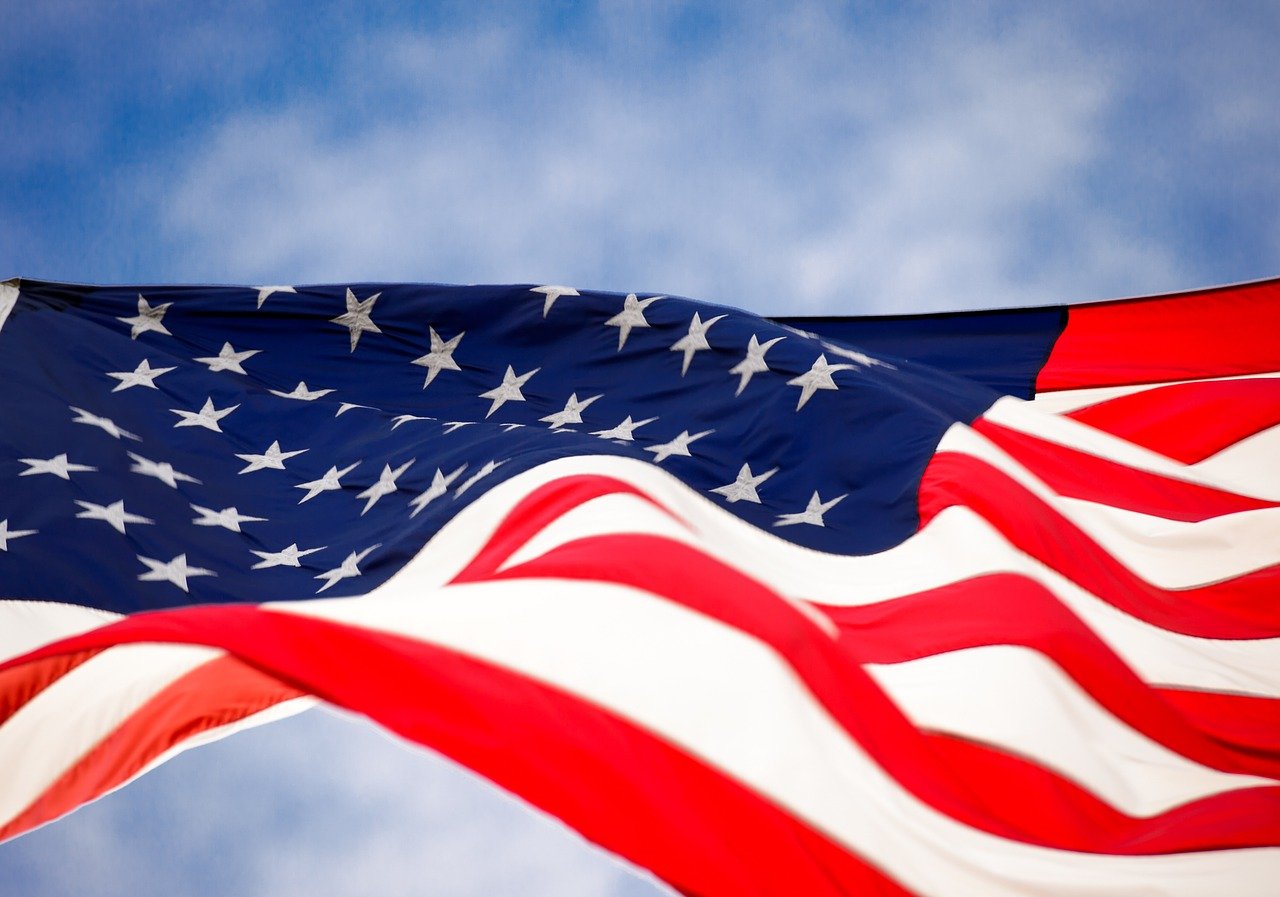 This article will look at the seven key components of the United States economic system. Of course, the US economic system is complex, but experts like Kavan Choksi say the basic principles are easy to understand.
This article will look at the seven key components of the United States economic system. Of course, the US economic system is complex, but experts like Kavan Choksi say the basic principles are easy to understand.
The 7 Core Components of the United States Economic System
1. The free market system:
The free market system is a system where goods and services are exchanged between buyers and sellers in an open market. As a result, the forces of supply and demand determine prices. One of the key features of the free market system is that it is a system of self-regulation. This means that the market can correct itself without government intervention.
The private sector is a part of the economy of privately owned businesses. These businesses produce most of the goods and services in the economy, whereas the public sector is the part of the economy that is made up of government-owned businesses. These businesses produce goods and services used to provide public goods and services, like education and healthcare.
2. Capitalism:
Capitalism is a system where private individuals own the factors of production. The goal of capitalism is to make a profit. The role of the government in a capitalist economy is to provide public goods and services and regulate the free market. The welfare state is a system where the government provides social welfare benefits to its citizens.
3. The rule of law:
The rule of law is a system where the government is bound by law. This means that the government cannot make laws contrary to the Constitution. The rule of law is important because it protects the rights of citizens.
4. Limited government:
Limited government is a system where the government is limited in its power. This means the government cannot act outside the Constitution’s powers. Limited government is important because it protects the rights of citizens.
5. Federalism:
Federalism is a system of government where power is divided between the national government and the state governments. This means that the states have the power to make their laws, and the national government has the power to make laws that apply to all states. Federalism is important because it protects the rights of states to make their own laws.
6. Private property rights:
Private property rights are the right of an individual to own private property. The US economic system guarantees the right to own private property. Private property rights are important because they allow people to own their own property.
7. Free enterprise:
Free enterprise is the right to own and control economic resources to produce goods and services for profit.
Conclusion
The United States economic system is a mix of free-market capitalism and private property. It is based on the rule of law and limited government. The monetary system is based on the dollar, and the division of labor is based on the division of labor. The system is characterized by free enterprise, private property rights, and limited government.